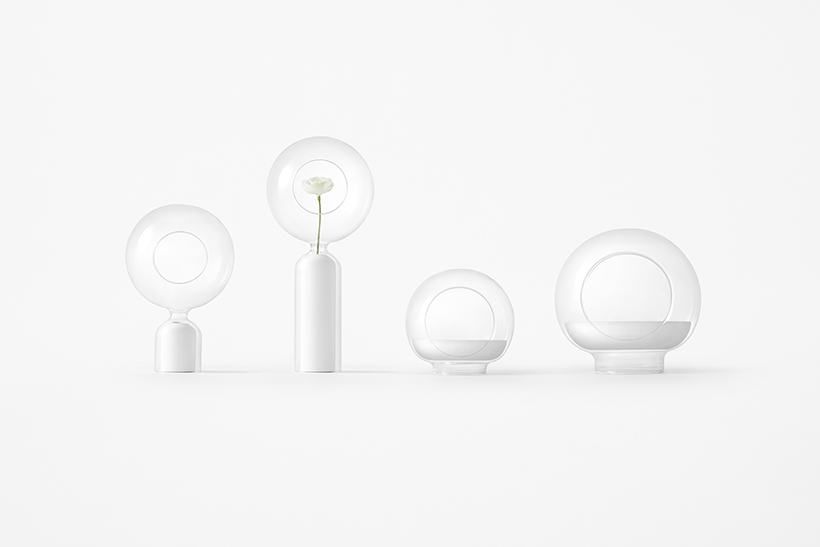1. Introduction: From the sensory revolution to experience design
Since the 1970s, with the spread of the "sensory revolution" (Branzi, 1999) 1, design has shifted its focus beyond the conception of the object. The project becomes a complex system in which to define not only the individual product but also how the user is actively involved in the proposed perceptual and emotional experience (experience design).
Starting from the first studies on “primary design”, which focuses attention on all those aspects of perception neglected by rationalism, also defined as soft qualities of products - such as chromatic, light-dark values, ambient music, microclimate, olfactory, tactile and finishing aspects of materials (Branzi as cited in La Rocca, 2016). 2
Designers focused their attention to sensory design (Haverkamp, 2012) 3 which aims to activate senses through a systematic increase of sensory input (visual, auditory and tactile stimuli). The experience becomes a significant part of the product/service, and the design focus is no longer the functional and formal dimensions but the introduction of sequences of inputs and stimuli to define new ways of use and enjoyment.
In 2018, with the exhibition "The Senses: Design Beyond Vision" at the Smithsonian Design Museum in New York, the potential of multisensory design was investigated through olfactory, tactile and auditory installations, exploring the senses with the aim of increasing body awareness, investigating materials and transferring input and information to the user through external stimuli.
The purpose of the exhibition is to tell the story of the designer's ability to control and consider the "invisible aspects" of the design - such as sound, finishing/texture and smell - which represent an opportunity in product development because they are essential for the stimulation of instinctive reactions and interaction between the product and the user. An example displayed in the exhibition, is "Ode Scent Player" a room diffuser of food aroma, that aim to remind people with dementia the mealtimes.
There are also numerous experiments in the food sector, where designers engage the senses by proposing different ways of tasting food; elements such as colour, shape, sound, temperature and material are used to accentuate or modify taste perception (Spence, 2017) . 4
The installation “Digital Seasoning” of the food designer Laila Snevele, through the use of digital devices, associates images and sounds with food to raise awareness of healthier eating behaviours. The designer introduces the possibility of seasoning food digitally, attributing an expression to each of the five basic tastes: sweet, sour, bitter, salty and umami.
The goal is to demonstrate that the human brain, by observing the five graphic visualisations, is able to stimulate the taste buds and change the final perception of the dish. The project highlights the potential of using digital taste alteration/ enhancement tools to reduce the use of ingredients that are harmful to people's health such as salt, MSG and sugar in the food industry, thus enabling awareness to change poor habits.
This demonstrates how each element or stimulus designed into the tasting experience, contains information that our brain translates into physical sensations.
The use of synesthetic processes in the design makes food, not only useful for physiological needs, but also, an instrument of knowledge and communication (Lévi-Strauss, 1965) 5 and a therapeutic tool to improve some aspects of daily life.
2. The cognitive power of smell in project
Senses are closely connected to parts of the brain that process memories and emotions, can synthesise and translate external inputs (chemical molecule) into neuronal stimuli (smell) and then into information (image) (Spence, 2015) 6.
First of all, the sense of smell, as a sense deputed to the reception and perception of olfactory stimuli, is able to associate memories and emotions related to past experiences.
In fact, smells and tastes are the result of acting on multiple levels; while eating, the brain processes information received from the senses and relates it to information stored in memory, processing it and associating it with the tasting experience, sensations, ingredients, aromas and memories.
Thus, smell perception is determined by mnemonic, semantic and episodic processes that enable us to identify, store and recognize places, people and events (olfactory memory) and expand the tasting experience.
The exhibition "Living with Scents" (2022) curated by Elisabetta Pisu and Clara Muller at the Museum of Craft and Design in San Francisco brought together a series of reflections on the importance of the sense of smell in people's lives, considering its neurobiological, historical, social and aesthetic specificities. The exhibition, structured in five sections, - Culture and Contemplation; Beauty of Nature; Health and Wellbeing; Presence and Pleasure; Communication, Emotion, and Memory -, highlights contemporary approaches and areas of application of designers and artists to sensory design, exploring the connection between aesthetic, culture and functionality through aromas and scents experimentation.
Through the more than 40 projects exhibited, gestures, behaviours, perceptual abilities and alternative mind-body interaction are investigated to communicate the impacts that sensory stimulation has on people's choices, well-being and health.
The sense of smell becomes a cognitive and narrative tool with the project “VAII - Olfactory tableware” by Lena Beigel, a set of olfactory tableware in glass and wood that stimulates a dialogue and connects people from sensory input (Fig. 1). “Scent” by Nendo Studio, instead, works on the aromatic intensity of flowers, plants, and fruits by investigating shapes, textures, finishes, and materials in a collection of vases that hides the elements from view to accentuate their olfactory perception (Fig. 2).
Functional and aesthetic aspects are combined in the set of sculptural objects "Norwegian Notes", a scent installation designed by designer Kaja Dahl, which recreates a deconstructed composition of scented oils in the living context. The aim is to recall rituals and formal aspects related to Norwegian natural landscapes and smells (Fig. 3).
The sense of smell becomes also a communication tool with “Olfabet project” (2021) by designer Peter de Cupere, a system of 3D-printed scented polymers that allows the blind to associate Braille letters with specific scents, thus creating an olfactory alphabet, an alternative language system that uses the nose as a decoder.
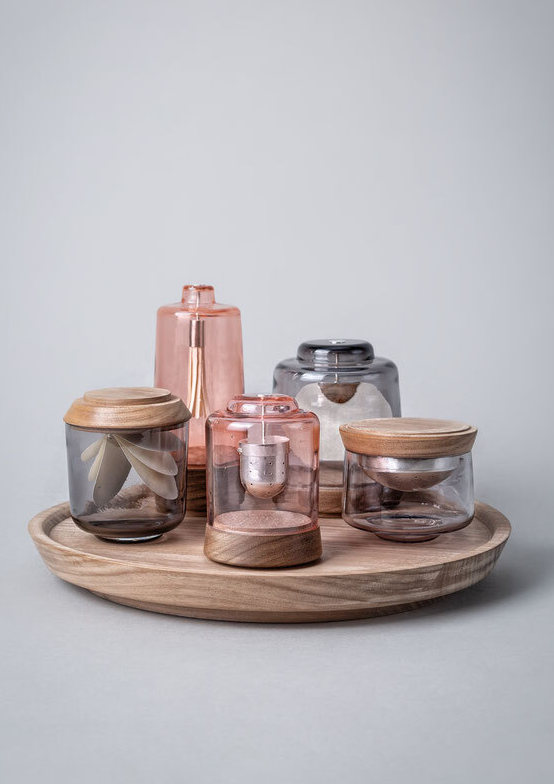
Fig. 1: VAII. Olfactory Tableware. Source: by Lena Beigel, 2019. https://www.lenabeigel.de/projects/vaii/
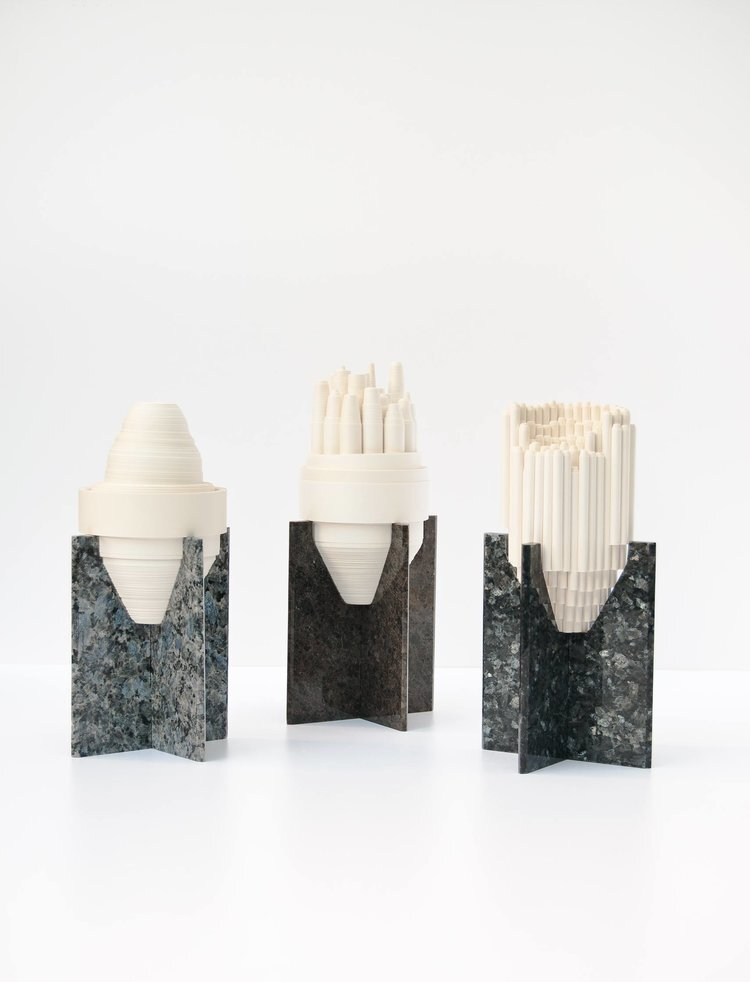
Fig. 3: Norwegian Notes. Scent Installation. Source: Kaja Dahl, 2018. https://www.atelierkajadahl.com/norwegian-notes
3. Methodology
The methodological approach adopted for the definition and development of the “80/20 Olfactory Training Kit” project is based on principles of User-Centred Design and Co-design, structured in three phases: the first phase is a critical analysis of the state of the art, the second involving the requirements survey and design definition, while the third focuses on prototype development and testing.
In the first phase, a critical analysis of the state of the art was conducted to thoroughly understand the current landscape of solutions and knowledge related to olfactory disorders. This involved identifying existing approaches, detecting any gaps or limitations, and exploring the reference literature to gain a comprehensive view of the information available on olfactory rehabilitation and individual needs. Concurrently, case studies were selected to broaden the understanding of the contemporary design context. This approach facilitated a detailed understanding of user needs, identifying the challenges in olfactory rehabilitation, such as the lack of a simple process accompanied by tools that can also be used in a domestic context. The results obtained outlined an experience-centered perspective, thus defining key objectives and identifying opportunities for innovation in the field of sensory design. This represented the theoretical background upon which the “80/20” project was developed.
In the second phase, field research was conducted through co-design practices, involving a group of individuals over the age of 60 with olfactory disorders. Some of them experienced anosmia, a reduction in the sense of smell caused by advancing age, while others had hyposmia and ageusia, the temporary loss of smell and absence of taste caused by SARS-CoV-2 infection. Through the observation and monitoring of olfactory perceptions, data were collected using initial tools such as boxes with cotton inside, pipettes, and charts to be filled out. Participants were guided to combine, explore and experiment with different combinations of odours to be recognised in their plates and to freely experiment between the different olfactory molecules proposed.
The third phase involved the ideation and development of the components of the “80/20” system, which were subsequently tested with the same group involved in the second phase. The results obtained from the testing session allowed formal changes to the components to simplify their use and improve interaction with the tool. This was achieved through the integration of communications artefacts, such as the user guide, enriched with graphic and visual elements. From a technical perspective, the prototyping process allowed the development of the aroma microencapsulation technique, with the guidance of experts in molecular chemistry. This approach is based on the co-design method, enabling an open and iterative dialogue with users to adapt and improve the “80/20 Olfactory Training Kit”.
In an ever-evolving world, the user-centred methodology has been fundamental to create a product that responds to real user needs.
4. 80/20 Olfactory Training Kit
The “80/20 Olfactory Training kit” project focused on the described scenario, demonstrates that proper sensory and perceptual stimulation in daily activities helps human health and well-being. The kit offers a program for the rehabilitation of olfactory perception which, when combined with the sense of taste, aids in recognizing the aromas and flavours of food.
Starting from the period of the pandemic and post-Covid-19 era until today, the sense of smell has become a subject of studies in various disciplines due to the increasing number of people reporting difficulties in appreciating and rediscovering the flavour of their meals. These difficulties can stem from various causes, such as respiratory tract infections or the natural loss of olfactory receptors, particularly common in elderly individuals.
The kit consists of three elements: a guide, six aroma capsules and a tool for identifying flavors (Fig. 4). The guide, in a double-sided folding format, presents schemes for using the kit during the training phases, and an exercise to assess the level of olfactory difficulty. On the reverse side of the guide, the six categories of aromas in the capsules are described: floral, vegetal, fruity, sweet, roasted and spicy (Fig. 5).
The six capsules are designed to protect the 'aroma holders' from abrasion or deterioration and to make the act of smelling intuitive and easy, featuring an opening inspired by olfactory cones. The 'aroma holders' are six coloured spheres, each corresponding to the colour present in the categories of Ann Noble's aroma wheel (1974). The spheres are created with perforations through an algorithm editor because they contain micro-encapsulations of the primary aromatic molecules corresponding to the main scent of each aroma category. Micro-encapsulation is a technological process used to trap a substance of interest (core), namely aromatic molecules, within another substance known as the "shell" or "carrier material. The encapsulation of aromas enables to preservation of thermolabile functional ingredients and limits losses due to the evaporation of volatile compounds.
In this way the capsules are ready to be used without the individual having to assemble or add anything else; the flavors contained in the ‘aroma holders’ last up to three months so the only thing to do is to add the aromatic molecules.
The tool for identifying flavors draws inspiration from the formal characteristics of the tajine (a typical dish in Moroccan culinary tradition), facilitating the flow of odours towards a single cone, similar to that of capsules, to allow for the sniffing of the various flavors of the dish (Fig. 6).
The training programme consists mainly of two steps. The first trains the sense of smell to perceive various intensities of aroma through the use of capsules (Fig7). Users are guided in exploring the six categories of aromas and experimenting with different combinations of molecules. Each aroma is associated with a color and shape to facilitate the odor-recognition association and the positioning of the capsules in the packaging.
Initially, the user is invited to individually perceive the aromas and respond to the exercises provided in the guide before reading the descriptions. By repeating the exercise, the user will acquire the ability to recognize and remember the scent of individual aromatic molecules, preparing for the second step.
In the second step, the user will ask someone to cover the dish with the kit's tool. Before starting to eat, they will have to smell the aromas to identify the ingredients without seeing them, thus training the complete sensory perception during the culinary experience (Fig. 8). According to various studies, identifying flavors in a dish is crucial, as the culinary experience is primarily determined by the sense of smell (80%), while taste and touch represent only 20% (Michaels D. via Spencer, 2015) , 7 thus inspiring the product name 80/20.
The 80/20 Olfactory Training Kit project represents an innovative therapeutic tool designed to enhance olfactory perception and, consequently, enrich the culinary experience as a valuable resource for those who seek to rediscover and enhance the sensory pleasure associated with food.
5. Conclusion
The critical analysis of case studies has outlined a scenario where the exploration and experimentation of objects and tools, based on the enhancement of perceptual and multisensory capabilities, aim to introduce new models capable of positively influencing habits and behaviors. This approach not only seeks to sensitize consumers to alternative uses of environmental resources but also aims to chart future design and production scenarios. Proper sensory stimulation, particularly with regard to olfaction, emerges as a fundamental element influencing food purchasing and consumption choices, daily activities, overall well-being, and the ability to relate and recognize external inputs. From this perspective, design becomes a key catalyst in the creative process, utilizing the senses as fundamental tools. This not only opens new horizons for creative expression but also for innovation through the experimentation of materials, processes, and products. This innovation is not solely aesthetic but also extends to the field of rehabilitative sensory experiences and design for well-being. The integration of new sensory approaches into products thus becomes a powerful means to enhance overall quality of life and health (Henshaw, 2016) 8.
The 80/20 Olfactory Training Kit project, born from the user-centred methodology and multi-sensory investigation, stands as a tangible example of how a design project can positively impact daily life. It not only provides an innovative solution for olfactory rehabilitation but also serves as an example model for the involvement of experts from different fields and users in the various phases of the project. The ability to combine relevant problems, multi-level investigation and creative design approaches shows the importance of experiments in a context where the search for sustainable and well-being-oriented solutions becomes increasingly important today.
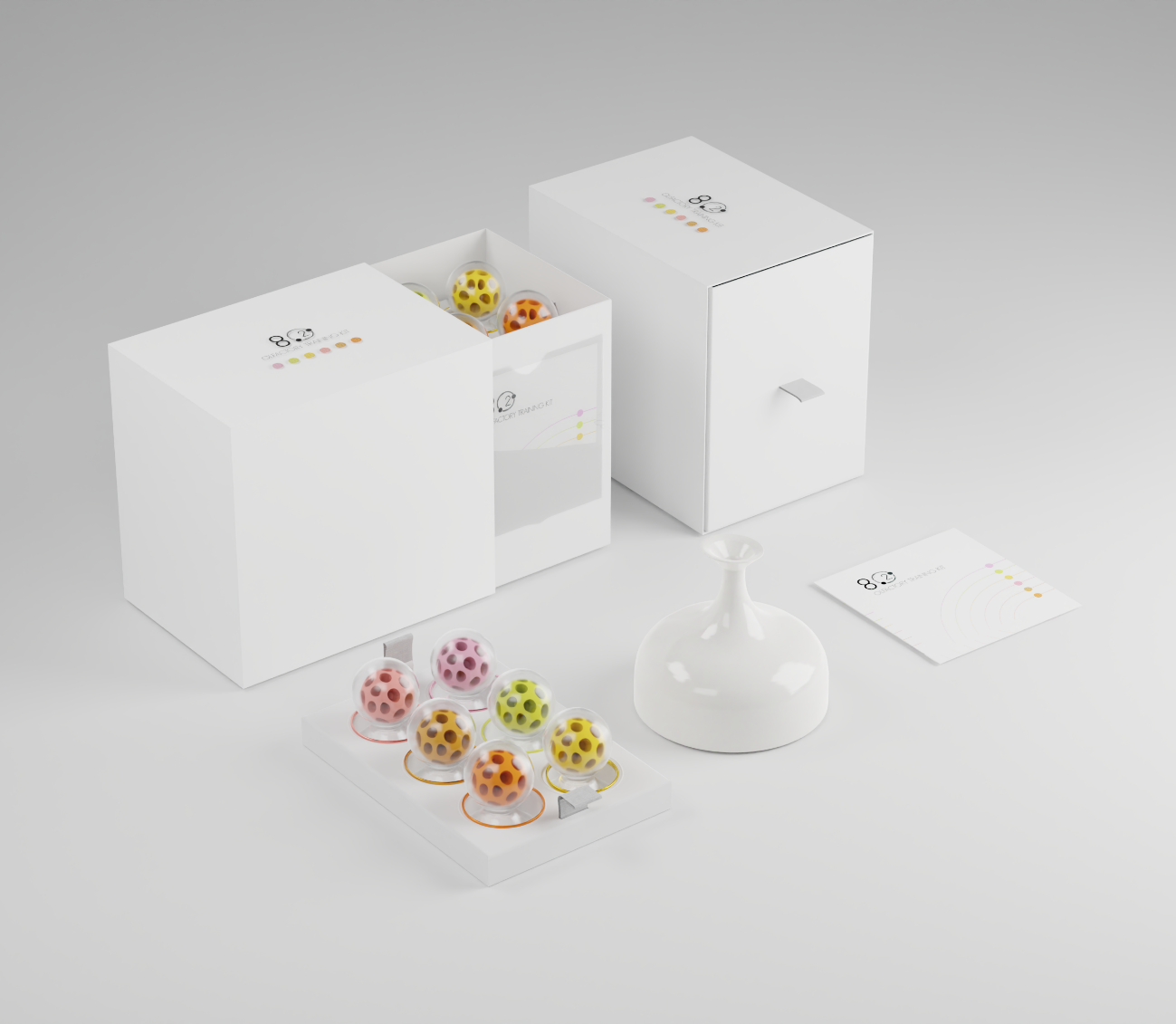
Fig. 4: 80/20 Olfactory Training Kit. Mock-up. Source: project designed by Ibtissam Jayed, Michela Carlomagno, Rosanna Veneziano, 2022.

Fig. 5: 80/20 Olfactory Training Kit. Scheme of the guide. Source: project designed by Ibtissam Jayed, Michela Carlomagno, Rosanna Veneziano, 2022.
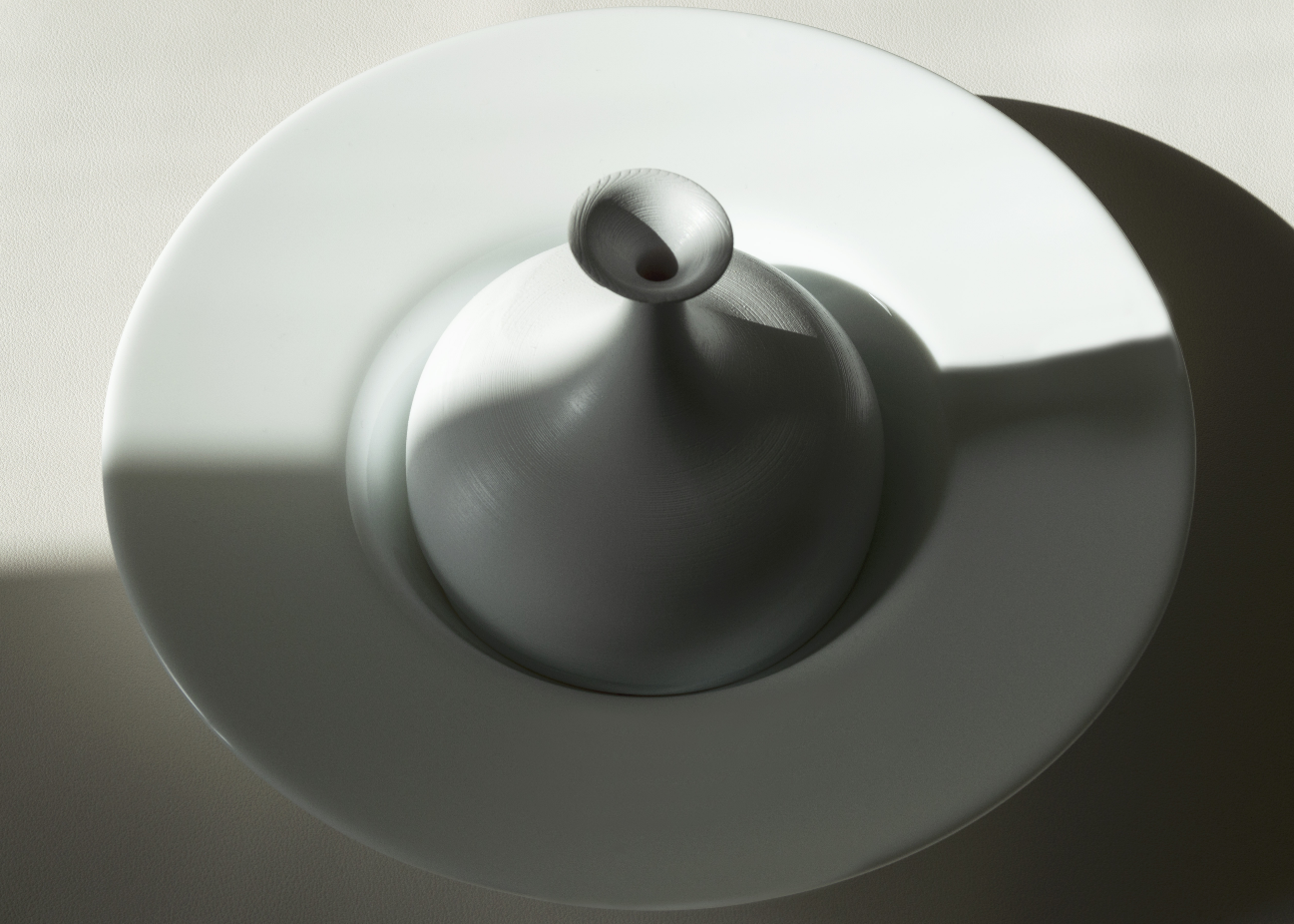
Fig. 6: 80/20 Olfactory Training Kit. Flavor identification tool. Prototype. Source: project designed by Ibtissam Jayed, Michela Carlomagno, Rosanna Veneziano, 2022. Ph: Chiara Parmigiano.
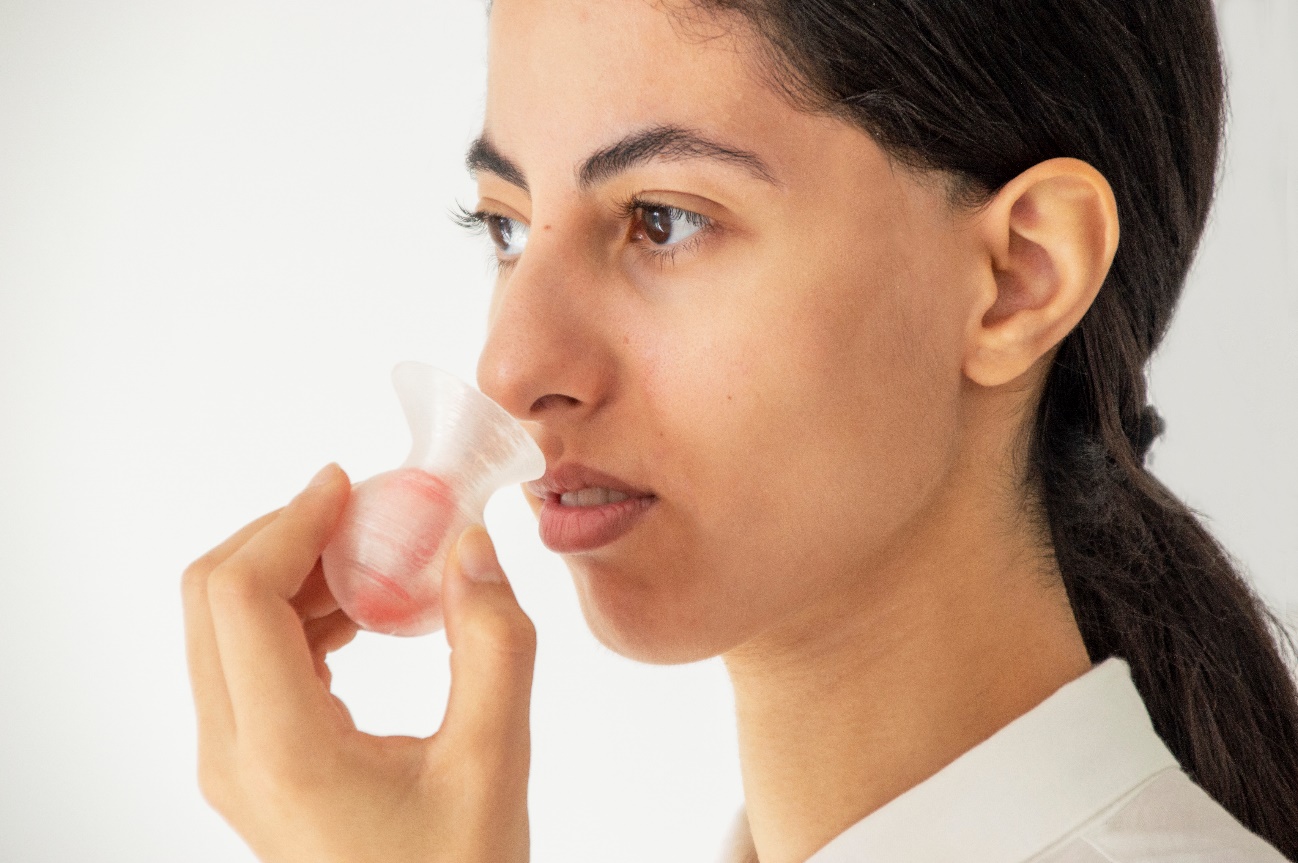
Fig. 7: 80/20 Olfactory Training Kit. The first step of training. Prototype. Source: project designed by Ibtissam Jayed, Michela Carlomagno, Rosanna Veneziano, 2022. Ph: Chiara Parmigiano.
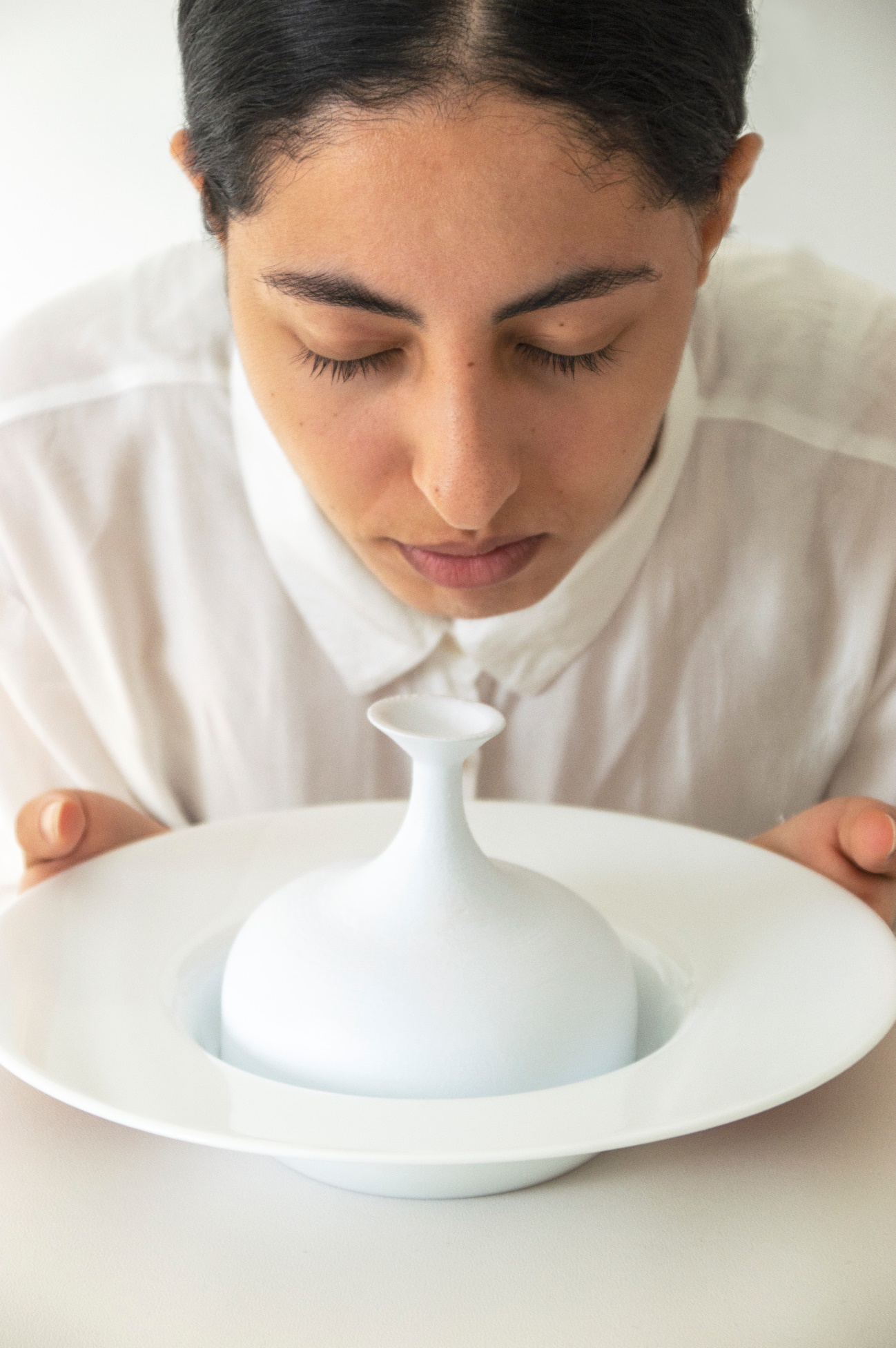
Fig. 8: 80/20 Olfactory Training Kit. The second step of training. Prototype. Source: project designed by Ibtissam Jayed, Michela Carlomagno, Rosanna Veneziano, 2022. Ph: Chiara Parmigiano.
Notes
The paper is written by the authors sharing the background and the articulation of the contents. ‘Introduction: From the sensory revolution to experience design’ and ‘The cognitive power of smell in project’ paragraphs are written by Michela Carlomagno; ‘Methodology’ and ‘80/20 Olfactory Training Kit' paragraphs are written by Ibtissam Jayed; ‘Abstract’ and ‘Conclusion’ paragraphs are written by both.














